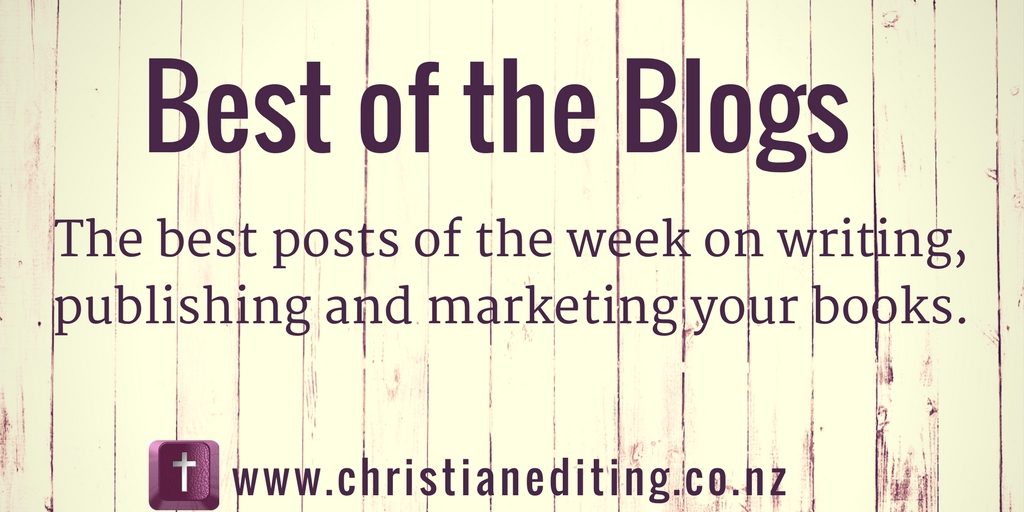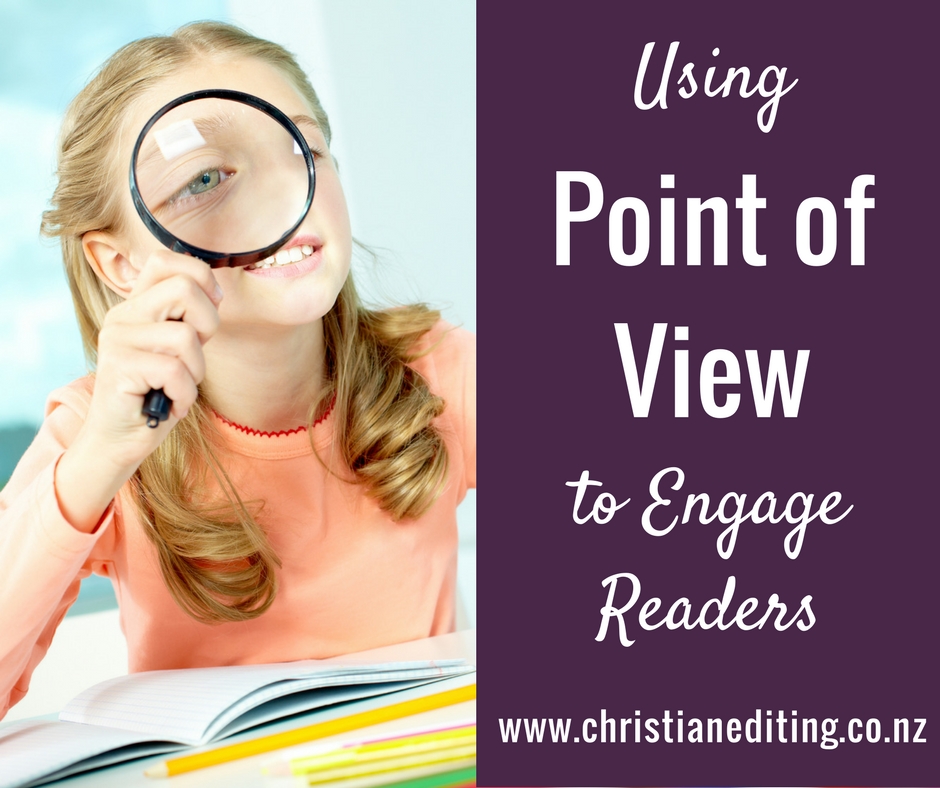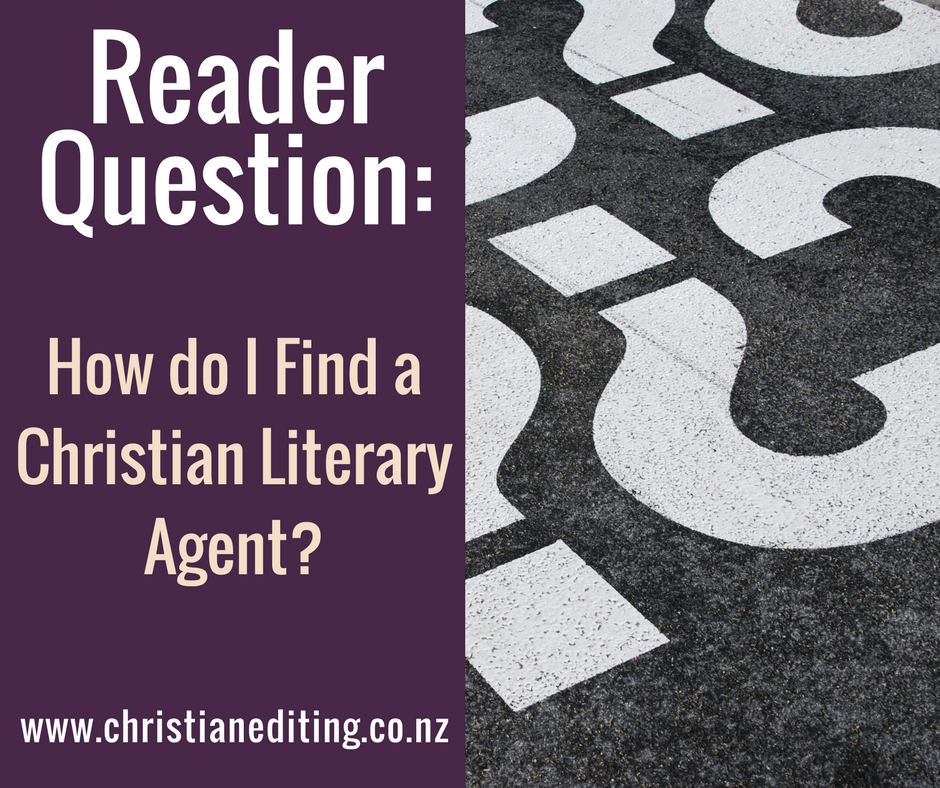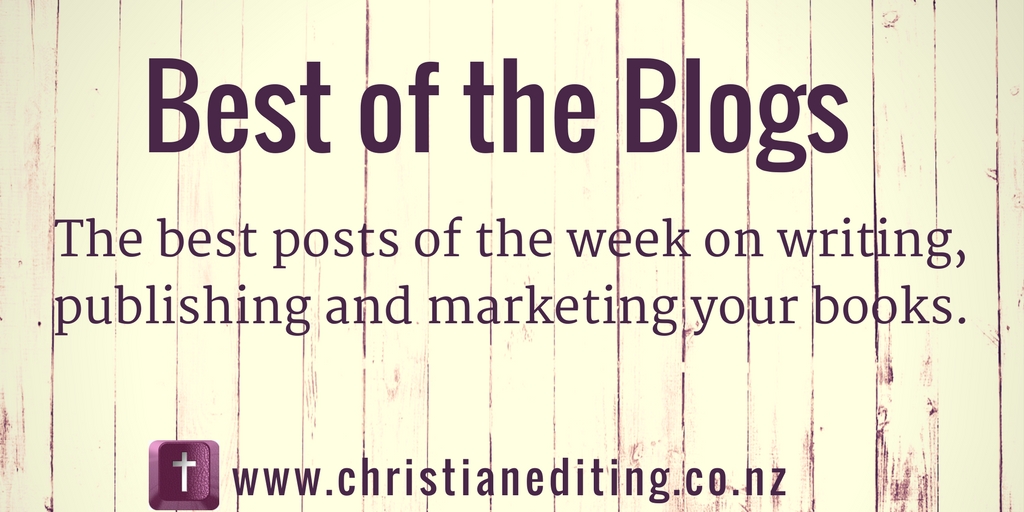Today I’m participating in a new venture: the first Author Toolbox Blog Hop. You can find more post by clicking the link, or find us on Twitter at #AuthorToolBoxBlogHop
Author Toolbox: Shaping the Diamond
Using Show, Don’t Tell to Engage Readers
Last week, we talked about interior monologue—a technique some writers overuse. This affects the pace of the story because it takes the reader away from showing the action into telling the character’s internal reaction. Remember: show don’t tell.
Telling a story is the classic way of structuring a novel, but it is now considered outdated by publishers, and by readers:
There has been a drastic change in storytelling in the twentieth century… Writers need reminding that we’ve all had exposure to movies [and] television … a visual medium. Today’s readers have learned to see stories happening before their eyes. They tend to skim or skip long passages of description or narrative summary,
– Sol Stein, Solutions for Novelists: Secrets of a Master Editor
Therefore you need to show your reader the scene, rather than telling them about the scene.
Our readers want scenes and action, not to be told what happened through description and narrative summary (and narrative summary includes long passages of interior monologue, especially if it’s in the middle of a scene). Readers need to be able to see each scene, see what is happening:
A good scene will enrich character, provide necessary information to the audience and move the plot forward.
– Les Standiford, in The Complete Handbook of Novel Writing
Jack Bickham says:
Show, don’t tell. Don’t lecture your reader; she won’t believe you. Give her the story action, character thoughts, feelings, and sense impressions as the character would experience them in real life. There are four essential steps:
Selection of, and adherence to, a single character’s viewpoint
Imagining the crucial sense or though impressions that character is experiencing at any given moment
Presenting those impressions as vividly and briefly as possible
Giving those impressions to readers in a logical order
In other words, use deep point of view. Sol Stein gives a useful list of questions to review for each scene:
Is the scene described in terms of the action that takes place? If there is no action, there is no scene. The frequent fault of new fiction writers is that they unravel the thread of the story instead of keeping it taut like the gut strings of a tennis racket… Leave the reader in suspense.
Is each scene visible throughout so that the reader can see what is happening before his eyes? If the action is not visible, you are probably sliding into narrative summary of past events or offstage events.
The reader is not moved by the writer or a narrator telling him what one or another character feels. The reader is moved by seeing what is happening to the characters.
Which character in the scene do you have the most affection for? How can you make the reader feel affection or compassion for that character in this scene?
Is there a character in this scene who threatens the protagonist subtly or openly, psychologically or physically?
Browne and King apply the ‘show, don’t tell’ principle to the interior monologue and feelings of characters, where authors often use unnecessary adverbs or description to explain what a character is feeling:
This tendency to describe a character’s emotion may reflect a lack of confidence on the part of the writer. So when you come across an explanation of a character’s emotion, simply cut the explanation. If the emotion is still shown, then the explanation isn’t needed. If the emotion isn’t shown, rewrite the passage so it is.
– Renni Browne and Dave King, Self-Editing for Fiction Writers
Yes, it’s harder to show than to tell. But make the effort. Your readers will thank you.
Balancing Show vs. Tell
Scenes that show the reader what is happening are harder to write, so writers have a tendency to revert to narrative summary, which is telling. That is not to say that authors should eliminate all narrative summary:
Narrative summary has its uses, the main one being to vary the rhythm and texture of your writing … Just make sure you don’t use it when you should be showing rather than telling.
– Renni Browne and Dave King, Self-Editing for Fiction Writers
That’s not to say we should show everything. Yes, we should show everything that’s important. But not everything is important, and there are some things we don’t want to see up close. This is when we can increase narrative distance.
Using Narrative Distance
Narrative distance is the distance between the reader and the point of view character. There is little distance in deep perspective point of view (which tends to be showing). There is a lot of distance with cinematic or omniscient point of view (which tend to be telling).
Good writers know how and when to manipulate narrative distance to maximise reader engagement and prevent the story getting boring.
Imagine film in which the camera stays the same distance from the characters, never moving back or in. Boring, right? The same is true for fiction.
– David Jauss, On Writing Fiction
For example, a murder mystery necessarily includes a murder. But readers don’t necessarily need to see the murder take place. It might be enough to see the body, to give the reader some emotional distance from the violence, and allow us to focus on what’s most important in a murder mystery: solving the crime.
Handling point of view is much more than picking a person and sticking with it. It involves carefully manipulating the distance between narrator and character … to achieve the desired response from the reader.
– David Jauss, on Writing Fiction
Chekhov’s Gun
We also don’t need to see every insignificant action your character takes, every irrelevant thought he has. This means focusing on what’s important.
The more words you devote to an action (or a speech, or a thought), the more importance that action will have in the reader’s mind. This is the principle of Chekhov’s gun: if there is a gun on the mantelpiece in the first act, it should be fired by the third.
If your character is undertaking some mundane, routine action such as squeezing toothpaste onto his toothbrush, then the reader is expecting this to be relevant in some way. Maybe the maid cleaned the toilet with the toothbrush. Maybe there is poison in the toothpaste. Maybe his wife is being murdered in the next room, and he can’t hear over the sound of the running water.
If you’re mentioning mundane details, make sure they’re relevant to the plot. Give the reader the payoff they subconsciously expect. Otherwise, it’s best to tell:
The key is to show the intense scenes and tell the less important transitions (the narrative summary) between important scenes. As a guide, if what you are writing has the possibility of present-moment dialogue, it is a scene and should be written as such. If not, you’re in summary .
– Renni Browne and Dave King, Self-Editing for Fiction Writers
Revision and self-editing is about examining our rough diamond and working out how best to shape and cut the rough stone to produce a final product that will shine. How will we manipulate the reader experience through careful use of point of view? How will we get the proportions right in terms of showing vs. telling?
The way we shape our rough diamond at this stage determines the look and value of the final cut and polished product. If we want to maximise the impact of our rough stone, we need to shape to produce a brilliant cut. I’ll be back next week to talk about cutting. I’ll also have a special offer, so don’t miss it!
What’s your biggest challenge when it comes to showing, not telling?
Don’t forget to visit the main Author ToolBox Blog Hop page for more great writing advice.







